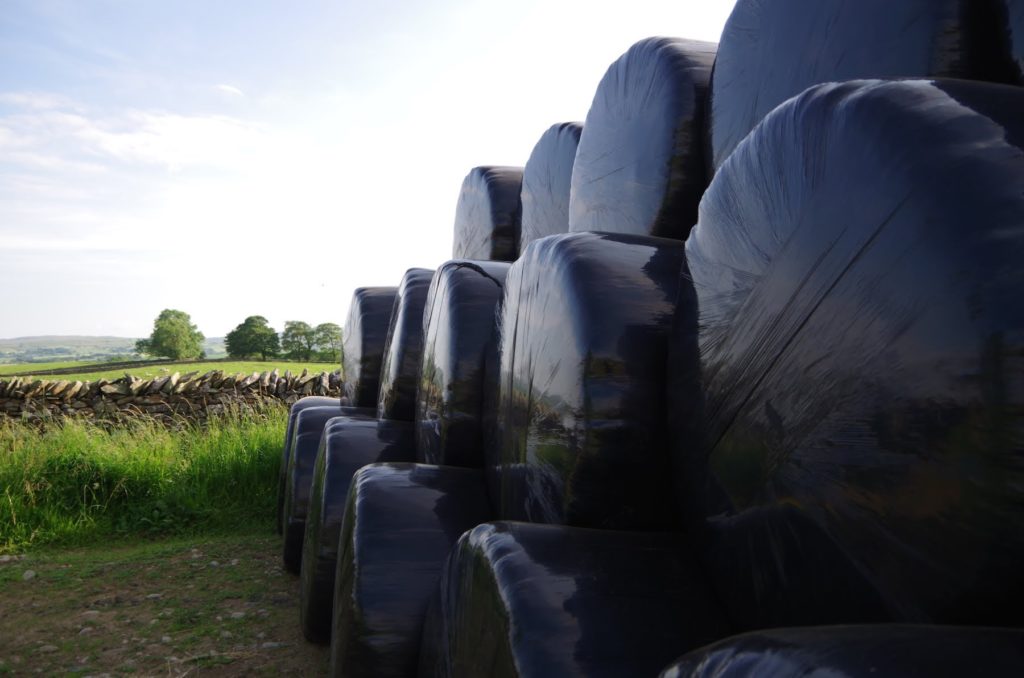Big Bale Kale
8 October 2018In addition to grazing or cut-and-cart (being a more traditional method), kale can make an effective silage crop, both in clamps but more frequently into big bales. Despite its low dry matter, providing a reasonable wilt, big bale kale silage is an adequate conservation method.
Feed Value (as conserved forage)
Analysis for kale silage is variable but metabolisable energy value is in the region of around 11.2-12.3 MJ/kg DM and 160-230g/kg DM crude protein. The crude protein concentration of kale declines as the plant matures so will be dependent on when it is cut for ensilage. The relative feed value (RFV) based on barley at £186/t and rapeseed meal at £279/t is around £40/t fresh material.
Feeding
An important nutritional aspect of kale is the anti-metabolites it contains, including SMCO’s and glucosinolates, these break down in the rumen and lead to various toxicity symptoms. However, there have been studies to show that ensiling forage brassicas can effectively reduce the potential toxicity of fresh brassica forage. However, it is recommended that kale silage should not exceed 50% of the diet dry matter intake (DMI), although a study by Vipond et al. (1998) showed no adverse effect on finishing lambs fed at 60% of their DMI. For dairy cows it’s been suggested to minimise further to 30-35% of dry matter intake as there may be a risk of milk taint.
Minerals and Trace Elements
The ash content of kale silage tends to be quite high owing to the high mineral content of kale. Due to the high calcium (12-15g/kg) and potassium content this can limit the level of feeding to dairy cows close to calving and pregnant ewes, as milk fever is a risk. Kale is moderate to low in phosphorous and magnesium, therefore dry cows close to calving will require supplementation. The trace element content of kale is low, particularly iodine, copper, and selenium. The low copper level can be exacerbated by the high content of sulphur. The manganese, zinc and cobalt content of kale are also generally marginal or low.
Mary Young, mary.young@sac.co.uk
Sign up to the FAS newsletter
Receive updates on news, events and publications from Scotland’s Farm Advisory Service

